TECHNOLOGY
THE BRAIN IN DSO'S VIDEO ANALYTICS TECH
21 Jul 2022
As part of our "DSO 50 Tech" series, find out how DSO's video analytics algorithms have helped the SAF to safeguard Singapore waters. This series dives into the cutting-edge technology that DSO provides the SAF, and marks DSO's 50th anniversary this year.
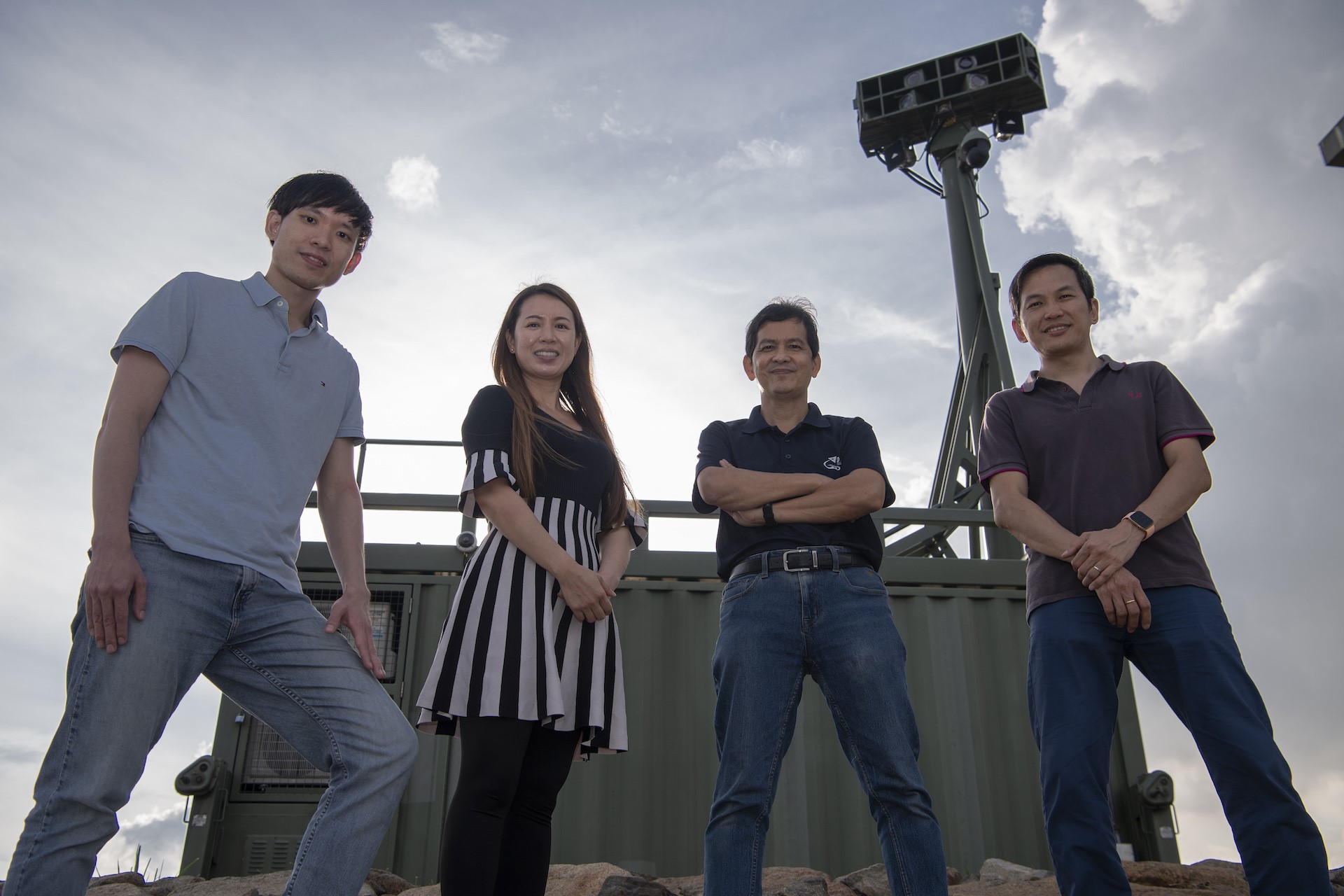
During surveillance operations, it is crucial to detect threats quickly and accurately.
That's exactly what DSO National Laboratories aimed to do through their video analytics algorithm. With this tech, Singapore Armed Forces (SAF) operators are able to identify potential threats at sea at further distances.
The analytics system can spot very small objects such as fishing boats or swimmers – which can appear as just a few pixels on-screen – much faster and more accurately than the human eye.
It also has a Closed Loop Tracking feature, which means that the system can continue to track an object even when it is momentarily hidden, by making intelligent calculations based on its trajectory.
The technology has been implemented at the Unmanned Watch Tower (UWT) on Jurong Island since 2018, where it has helped to reduce manpower by one-third.

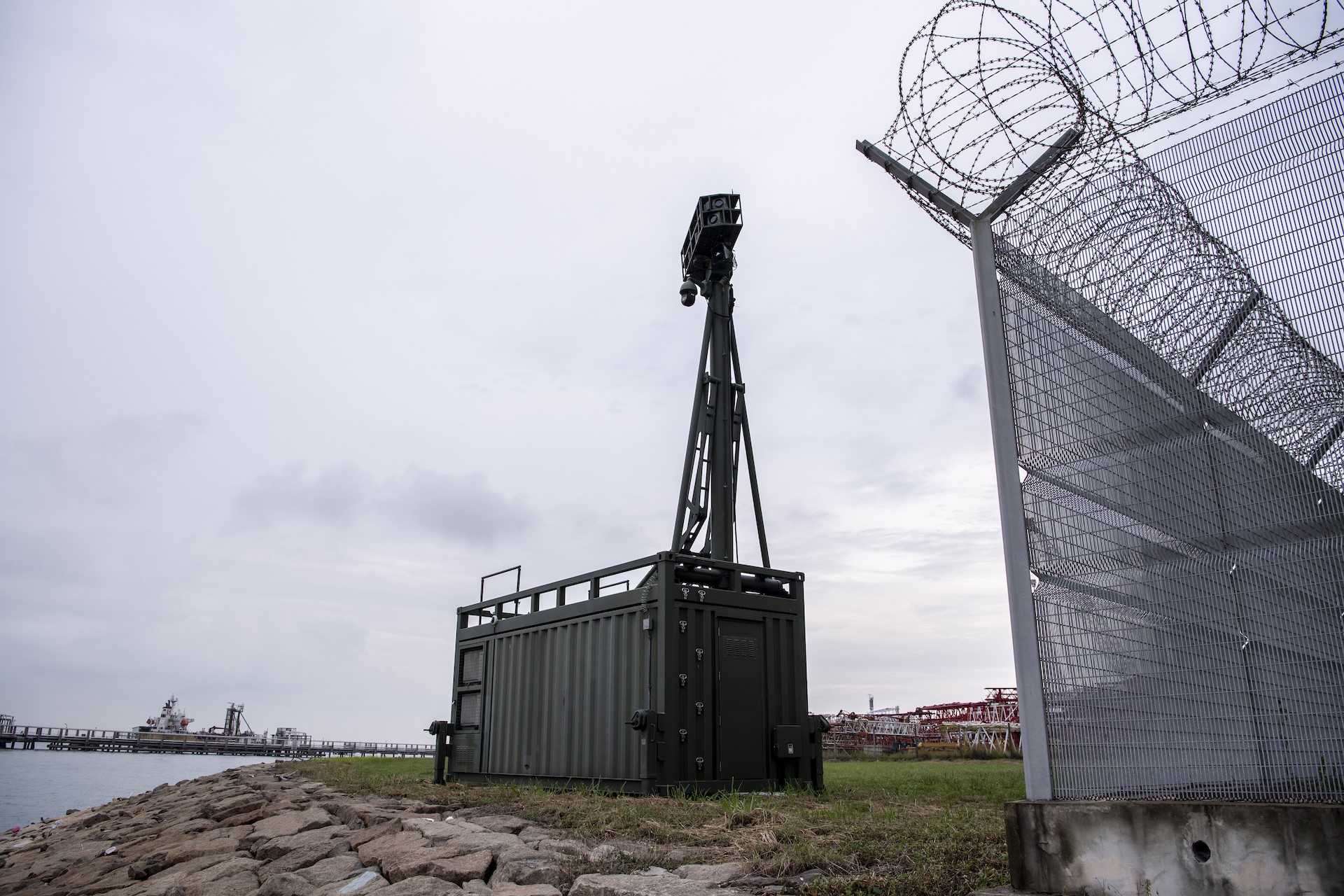
"Previously, troopers had to climb up towers to visually scan the surrounding waters for intrusions," said Senior Artificial Intelligence Engineer Clarence Lim, who has been involved in the project since 2017.
"Today, the UWT equipped with video analytics does the job, with fewer soldiers needed to perform the task. Being combat-fit also doesn't need to be a requirement (for the trooper) to conduct surveillance operations anymore."
Human-inspired computer vision
What makes the analytics so powerful is how its Artificial Intelligence (AI) uses contextual reasoning, which is inspired by the human brain.
"The Cognitive System Framework mimics the way humans look at things and understand them by integrating stored knowledge with contextual information," explained Mr Lim, 33.
For instance, if you opened your fridge and saw something red, your brain is able to quickly process that it is likely a tomato or an apple because it is in the fridge. That is contextual reasoning.
"Humans do it all the time, but for computer vision, it requires training," said Mr Lim.
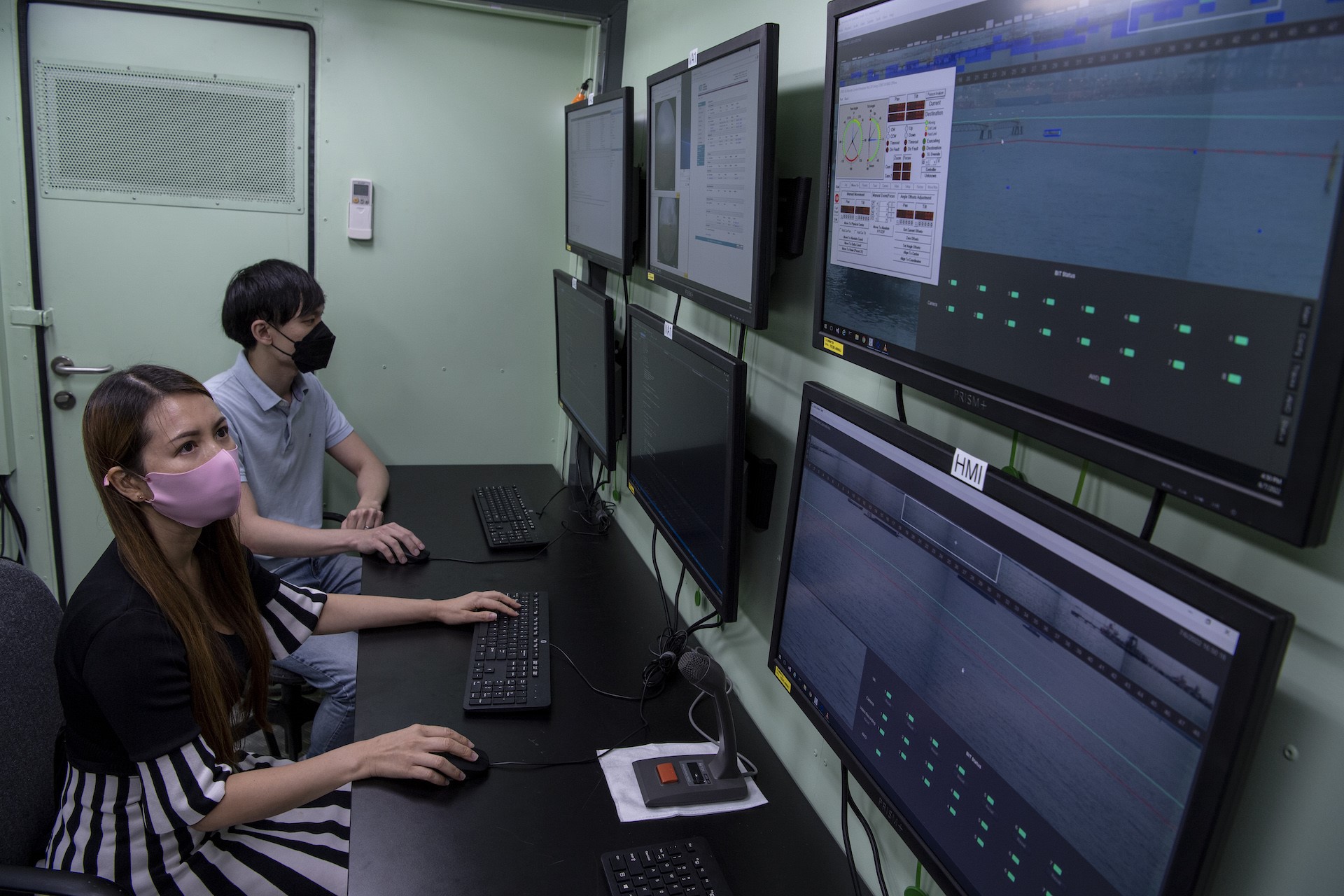
The tool has helped the video analytics system to make accurate decisions faster and to minimise false alarms.
A second key feature of the AI is its ability to maintain the tracking of targets even if they become temporarily obscured.
This Closed Loop Tracking feature is able to track small vessels that are momentarily hidden behind large ships, or even a swimmer's head as it goes underwater before resurfacing.

Even as the technology has been used to safeguard the waters around Jurong Island, the DSO team is further developing it for other domains.
In the future, it could also be used in the air, such as for the detection and tracking of intrusions like drones.
---
ALSO READ IN TECHNOLOGY

AI joins the fight in national cyber defence exercise
12 Nov 2025
AI and closer collaboration among agencies and industry are taking centre stage in this year’s Critical Infrastructure Defence Exercise (CIDeX).
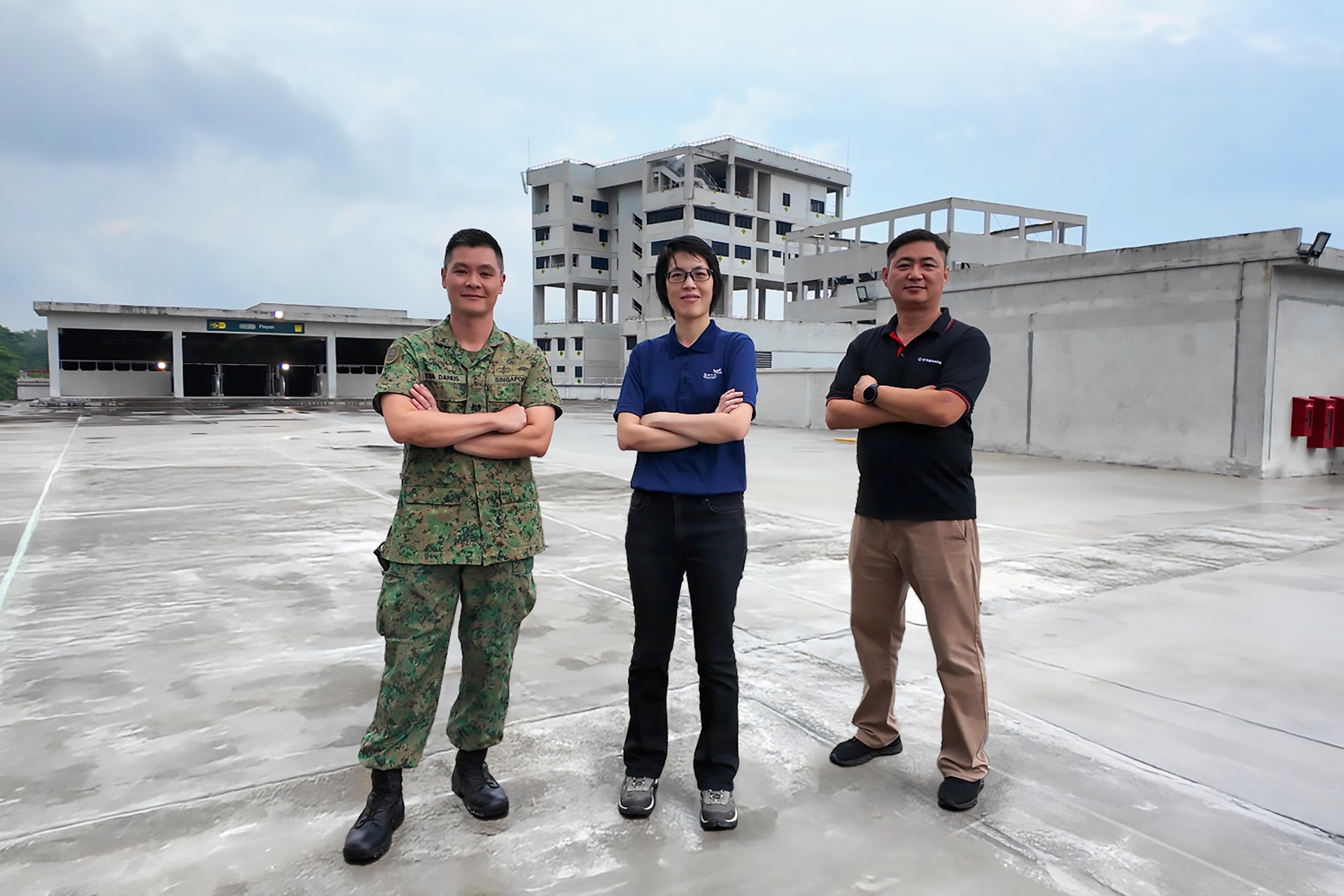
They built this city
01 Oct 2025
Turning vision to reality: the team behind SAFTI City clinches the Defence Technology Prize 2025 Team (Engineering) Award!
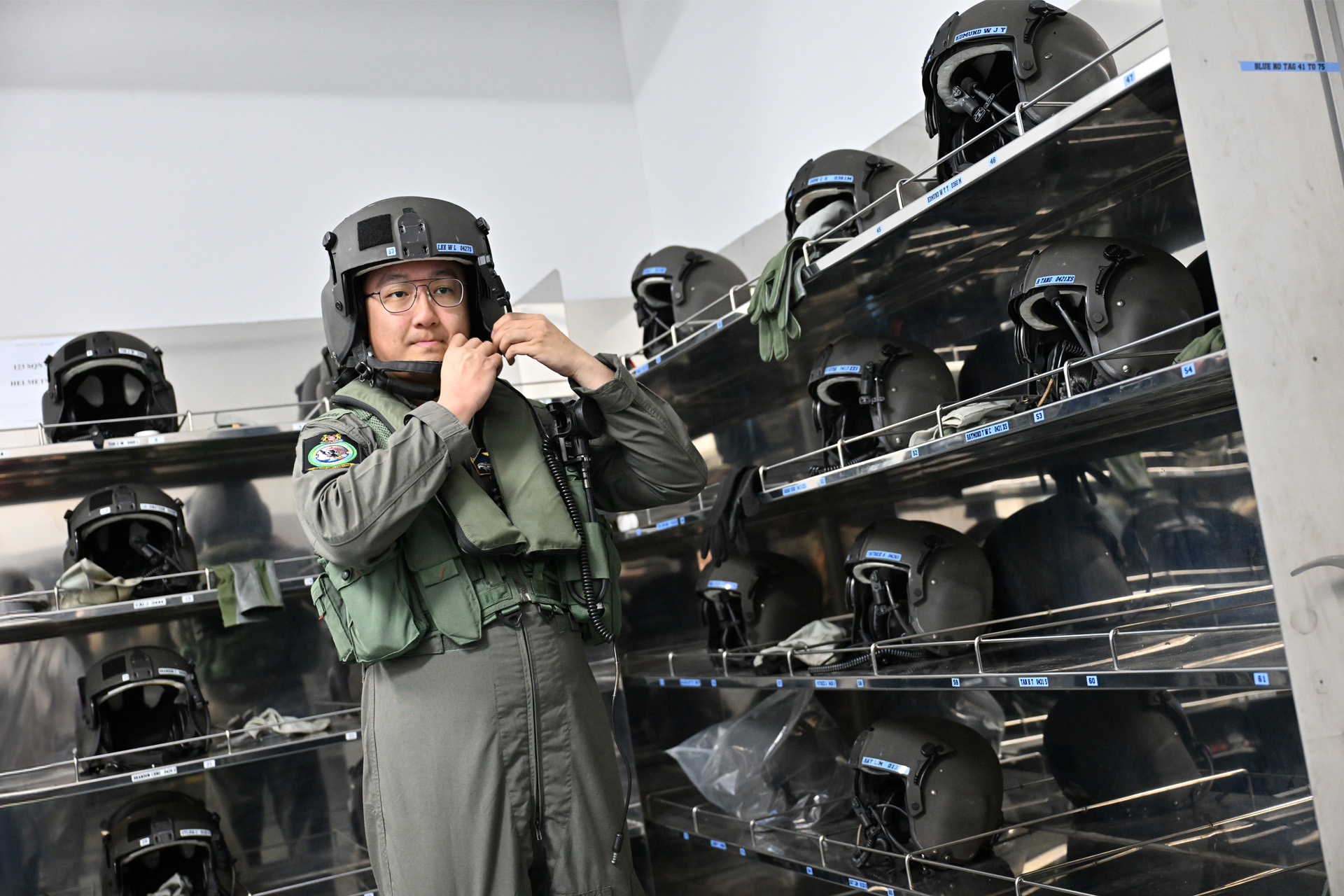
Operating over skies & seas
22 Aug 2025
This gear is designed to help a Sensor Supervisor survive emergencies in the air and at sea.


